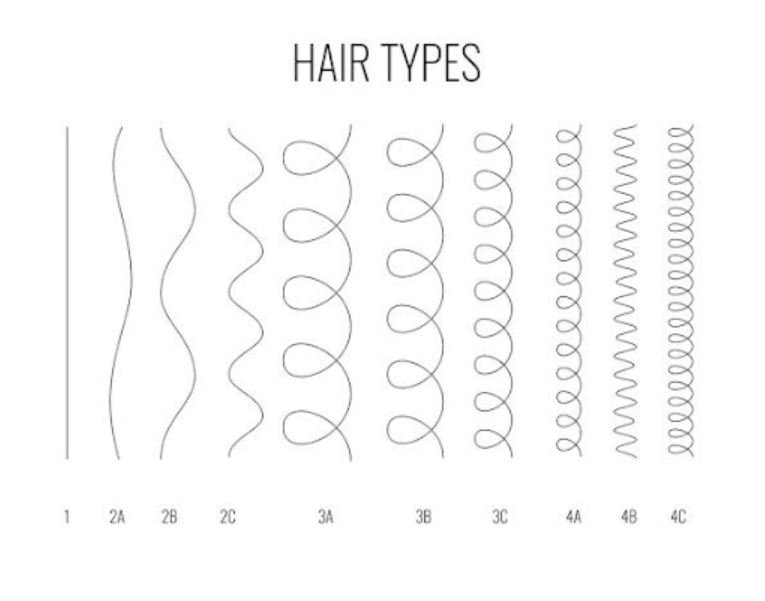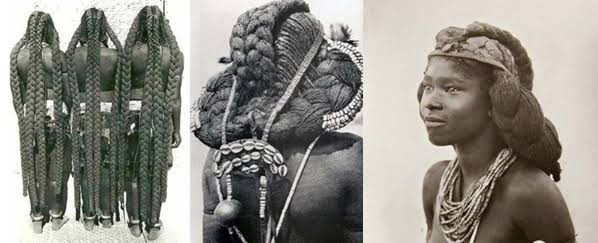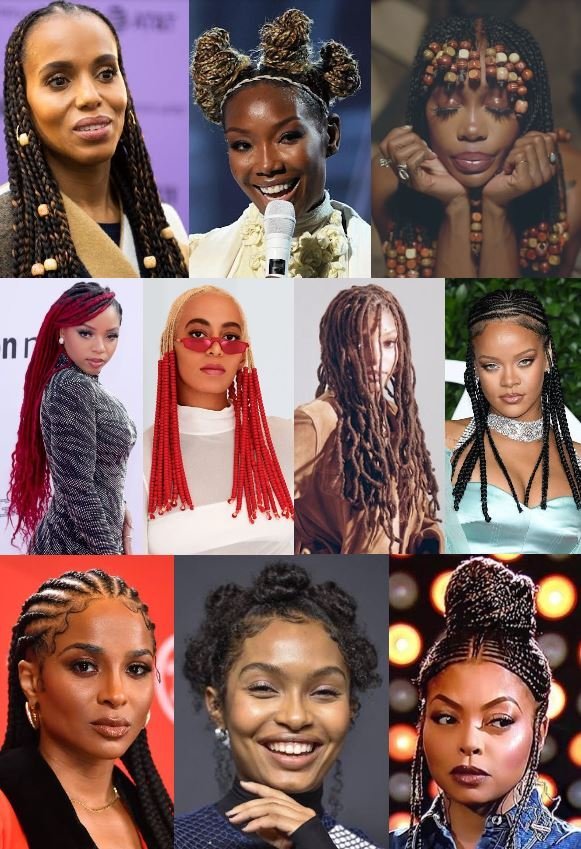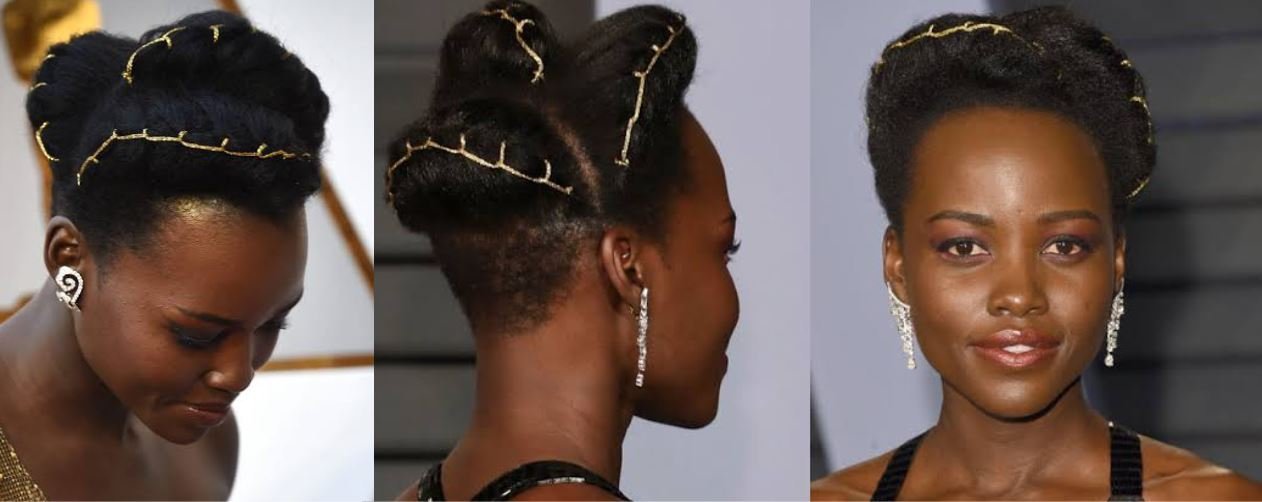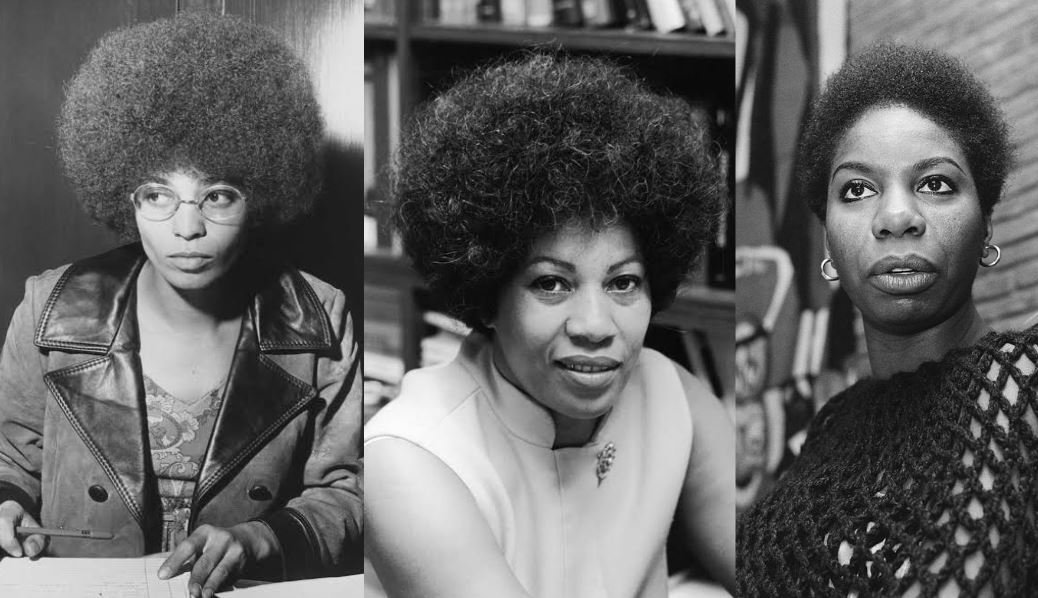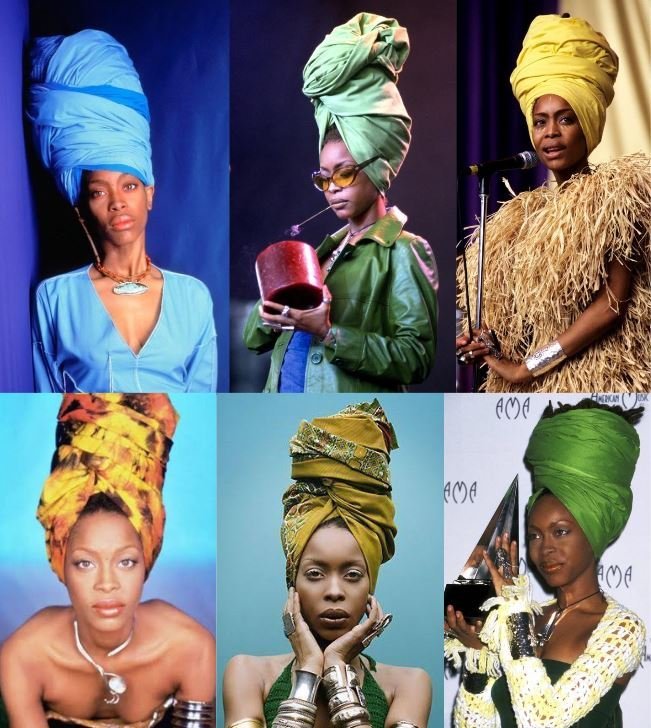A Hairstory of Texturism
The Cultural Significance, Overregulation, and Politicisation of Afro-Textured Hair
Hair matters for most of us. It’s a way to express ourselves, a form of non-verbal communication that often informs our judgments of others.
Many of us may feel uncomfortable at the idea of being judged for something as frivolous as our hair, but for Black and Indigenous people - and especially for Black and Indigenous women - this discrimination is an all too familiar reality with hundreds of years of history.
Journalist Sheilla Mamona writes in 2021 article, Reclaiming Our Braids, that “Black Hair, Afro hair, coily hair, kinky hair - essentially, hair that grows out of Black people’s heads, has been a topic of conversation since the beginning of colonisation.
Textured hair can be manipulated in countless ways, almost to a degree that it becomes unrecognisable from where it began, it's artistic, it’s bold and that’s the magic behind it. So why does society have such a problem with it?”
Let’s take a look at the rich history of Afro-textured hair; Its cultural significance pre-colonisation, the following centuries of discrimination and overregulation, and the state of texturism today.
Note: The phase “Afro-textured” hair refers to hair types like 3 through 4 on the hair chart:
Obviously not every African, Aboriginal, or Torres Strait Islander person has this hair type, and although Afro-textured hair doesn’t only exist on Black and Indigenous People of Colour (BIPOC) either, texturism is almost exclusively targeted at BIPOC – demonstrating how texturism is rooted in racism.
Aaand this is gonna be rather US-centric, as America so gracefully forced its way into the story of African history.
So much of this history was lost during the erasure of culture and identity that occurred during both the transatlantic slave trade, and the colonisation of Africa that followed.
Australia’s own shameful history of colonisation meant Indigenous people weren’t even considered part of the Australian population until the 1967 Referendum, before which the white Australia policy of 1901-1966 barred all non-European immigration.
A devastating amount of Indigenous history was systemically erased during colonisation, which means we no longer have the knowledge about Indigenous history proportional to the time span of Indigenous existence in Australia.
PRE-COLONIAL AFRICAN HAIR;
From Time Immemorial
A 2021 article by Reporter Temi Iwalaiye explains that “In many Indigenous cultures, a person’s hair is considered the seat of their soul and, it contains certain powers even when cut. When cut, it is still linked to the person and can be used for different incantations. Hair also played a role in marriages, burials, and other incantations”
In ancient African civilisations, hair played a significant role in the various cultures, a symbol of identity used to represent social status, family background, spirituality, Tribe, fertility, and marital status.
Styles we still see today in 2022 like Bantu knots, Fulani braids, Locs, cornrows, and African threads were worn across Africa way back during this time!
Take a look at these stunning modern renditions of some of these styles on celebrities today;
Lupita Nyong’o attended the 90th Academy Awards flaunting this stunning look inspired by Amasunzu hairstyles traditional to Rwandan culture; Fun fact, there are more than 30 different varieties of this Amasunzu style!
Journalist Lebo Matshego discusses the significance of these ancient styles in her 2020 article, A History of African Women’s Hairstyles:
“With hair being an elevated part of one’s body, ancient communities believed that it helped with divine communication. This belief is the reason why hair styling was entrusted to close relatives… Hair was a prominent social activity, especially among women. People had the opportunity to socialize while styling each other’s hair. The communal tradition of hair still exists today.”
HAIR DURING THE TRANSATLANTIC SLAVE TRADE;
The Roots of Texturism…
The transatlantic slave trade saw millions and millions of people trafficked from Africa to America. Once in America, the traffickers shaved all the heads of the people they’d kidnapped, intentionally stripping away their connection to their cultures - An especially cruel and dehumanising act, considering the strong cultural and spiritual significance of hair throughout Africa.
This was the first step in a process of systemic culture and identity erasure.
Texturism became widespread during this era; Hair texture was used as a way to determine a person’s “value” and working conditions, with lighter-skinned, straighter-haired people favoured.
But African hair and innovation have always come as a duo!
Enslaved people transformed their hair into tools for escape and freedom – Creating maps in their cornrows to indicate roads to take or avoid, and lacing seeds and gold amongst them to sustain them after their escape.
REGULATION AND LEGAL DISCRIMINATION
After “Freedom”
In the 18th century, ‘free’ Black women in the South started wearing their hair in beautiful, elaborate styles which were quickly deemed “distracting” to white men, the most fragile creatures known to science.
Louisiana passed laws that required Black women to wear a tignon (scarf or wrap) over their hair...
While abiding by this ridiculous law, Black women rebelled by wearing stunning, colourful fabrics adorned with jewels, turning the compulsory head wraps into beautiful, empowering fashion statements.
Although the Tignon Laws were eventually no longer enforced, they still set the precedent for the policing of Afro-textured hair in the U.S.
Black women transformed the tignon from a symbol of oppression into one of resistance to white colonialism, continuing to wear head wraps even after the abolition of the laws.
Cynthia Erivo’s 2022 Met Gala look was a call to this time period!
The end of 19th century saw the invention of the straightening comb, with Madame C J Walker popularising the comb and becoming the first female millionaire in the United States!
HAIR DURING THE BLACK POWER MOVEMENT OF THE 60S AND 70S;
A Symbol of Power and Pride
During the Civil Rights and Black Power movements, the natural Afro became a statement of power, pride, resistance and reclamation.
We saw iconic Afros on Black activists like Angela Davis, scholars like Toni Morrison, and artists like Nina Simone, the style symbolising the enduring fight against anti-Black racism.
In the late 60s, the rediscovery of the Afro comb marked the first time since before slavery that people of the African diaspora reunited with the ancient hair care tool.
Willie L Murrow explores this in his esteemed book, 400 Years Without A Comb, which was later adapted into a documentary in 1989.
Authors Ayana D. Byrd and Lori L. Tharps of 2001’s Hair Story: Untangling the Roots of Black Hair in America, share that, “Our hair was a physical manifestation of our rebellion. The right to wear our hair the way it grows out of our heads. Saying to the establishment: 'Accept us and appreciate us for who we are.' Stop expecting us to assimilate or subjugate ourselves to make you comfortable."
LEGAL TROUBLES
Justice where ?
After the 1976 case of Jenkins v. Blue Cross Mutual Hospital Insurance where the US Court of Appeals upheld a race discrimination lawsuit against an employer for Afro discrimination, the court ruled that workers were entitled to wear Afros under Title VII of the Civil Rights Act.
While Afros were now technically allowed in the workplace, the social pressure to assimilate remained.
In 2010’s Hey Girl, Am I More Than My Hair?, communications scholar Tracey Owens Patton writes that “the progressive changes made during the Black Power movement eroded as assimilation became more dominant in the late 1970s and throughout the 1980s.”
From the 80s and throughout the 90s, protective styles became more popularised, with celebrities like Janet Jackson showcasing her iconic Poetic Justice braids, inspiring many to flaunt these intricate styles.
However, in 1981 we saw another court case, this time about protective styles, when American Airlines demanded an employee not wear her braids to work.
In the case of Rogers v. American Airlines, the court sided with the airline, ruling that discrimination against protective styles wasn’t discrimination on the basis of race and therefore didn’t violate Title VII of the Civil Rights Act…
This ruling was used less than a decade later by the Hyatt Regency to force employee Cheryl Tatum to resign after she refused to remove her cornrows.
And these are just a couple of instances, out of countless.
In the 90s, along with protective styles becoming more popular we also saw the reinvigoration of the head-wrap as icons like Erykah Badu made the colourful statement pieces a signature of hers.
STAY TUNED!
And now we’ve arrived at the 2000s, which brings us to the second wave of the natural hair movement;
Stay tuned for the second half of our journey through history as we explore the modern state of Texturism in the new millennium!
In the meantime, have a read of our 2000s blog to get you in Y2K mode!
RESOURCES:
Videos:
The Psychology of Black Hair |Dr Johanna Lukate | 2018 | TEDxCambridgeUniversity
Books:
Hair Story: Untangling the Roots of Black Hair in America | Ayana D. Byrd, Lori L. Tharps | 2001
Hair Matters: Beauty, Power, and Black Women's Consciousness | Ingrid Banks | 2000
400 Years Without a Comb | Willie L. Morrow | 1973
Articles:
The Crown We Never Take Off: A History Of Black Hair Through The Ages | Quani Burnett | 2022
The Politics of Black Hair: An Australian Perspective | Dr Kathomi Gatwiri | 2018
Reclaiming our braids: Why is Black hair is still being politicised in 2021? | Sheilla Mamona | 2021
Black Hair' is Never 'Just Hair': A Closer Look at Afro Discrimination in the Workplace | Rebekah Gougeon | 2021
How Natural Black Hair at Work Became a Civil Rights Issue | Chanté Griffin | 2019
A History of African Women’s Hairstyles | Lebo Matshego | 2020
5 Ancient African hairstyles that are still popular today | Temi Iwalaiye | 2021
From Slavery to Colonialism and School Rules: a history of myths about black hair | Hlonipha Mokoena | 2016



